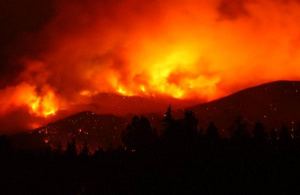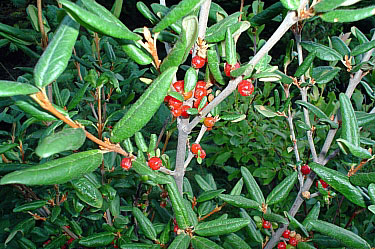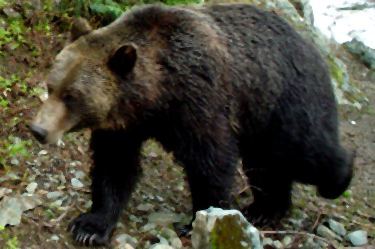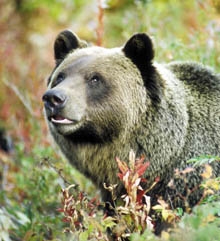Motorists travelling through Rocky Mountain national parks this fall can expect to see two prescribed fires.
Rick Kubian, fire and vegetation specialist for the Lake Louise/Kootenay/Yoho/Field Unit, said that depending on the conditions, Parks Canada plans to ignite fires on Mt. King in Yoho National Park and in the Baker Creek drainage in Banff National Parks sometime after the September long weekend.
As smoke is always a concern, Kubian said Parks have smoke management plans for both burns. However, he added, those plans have their limits.
“It is a tricky thing to manage smoke. We have some front-end capability when we start the initial ignition, but once we are into the ignition we are, to a degree, at the mercy of the weather as far as the smoke goes.
“We can do some things like try and do more ignition when the venting is better and we can try and not do venting when the ignition is poor,” he said.
Kubian said the ideal situation to keep smoke off the Trans-Canada Highway, the Bow Valley Parkway and out of the Bow Valley is to conduct the burn when the wind is blowing from the southwest.
“The venting pattern will be to the north and the east and the bulk of the smoke should vent up the Amiskwi (Valley) and sort of north and east of Lake Louise and the bulk of the Bow Valley, but we’ve had smoke go 180 degrees on us,” Kubian said.
“We want to make sure the public understands there’s a certain amount of uncertainty built into these things. As far as smoke management goes, we’ll do the best job we can to pick the best window and get the job done to minimize smoke, but where there is fire, there’s smoke and to a certain degree, only so much we can do.”
While both burns achieve the same goals—improve grizzly bear habitat, alter potential mountain pine beetle habitat and create firebreaks—Kubian said each burn has different priorities.
The priority of the 1,900-hectare Mt. King fire, located near the confluence of the Otterhead and Kicking Horse Rivers, is to decrease the amount of available habitat for the mountain pine beetle.
“I think from our perspective it certainly is about the mountain pine beetle and trying to cycle that forest through fire and beetles. That is what we likely anticipate the likely scenario in Yoho to be over the next three to five years—much of the mature forest will be impacted by mountain pine beetle.
“That’s a pretty important point for folks to understand,” he said.
Meanwhile, improving grizzly bear habitat is the primary goal for the 800 ha. Baker Creek fire.
Before the Mt. King prescribed burn can be started, Parks plans on building hand-thinned fireguards along the northern edge of the planned burn area. Ignition of the burn area will then take place by hand and by helicopter in five different sections.
Source: Rob Alexander – Rocky Mountain Outlook



